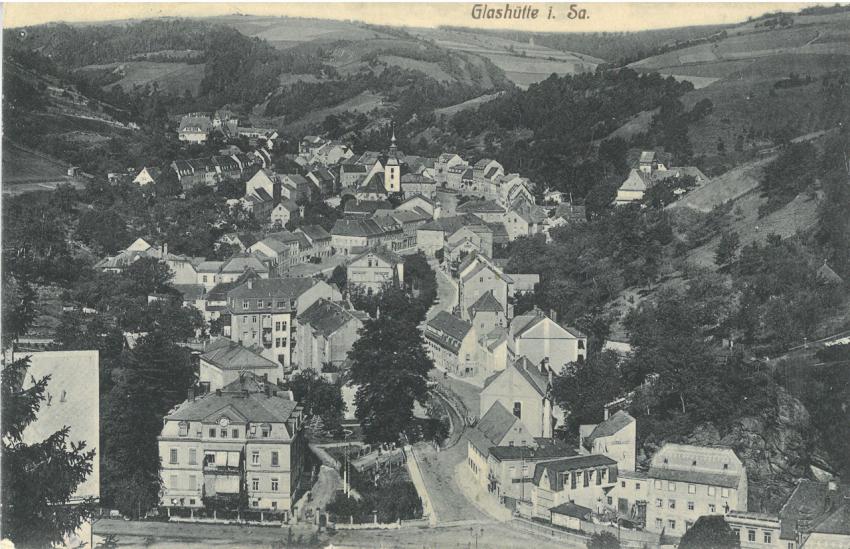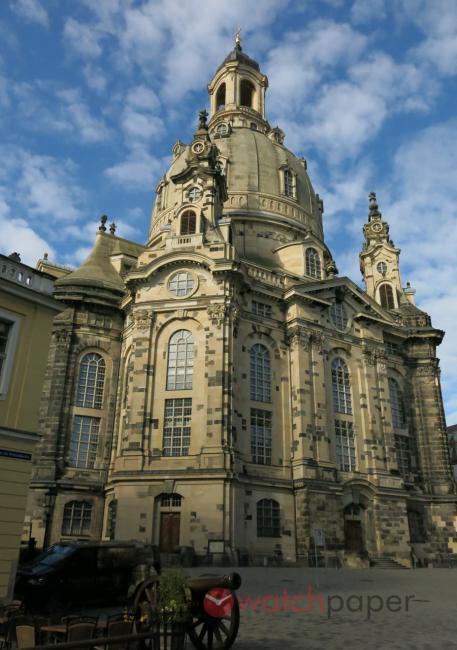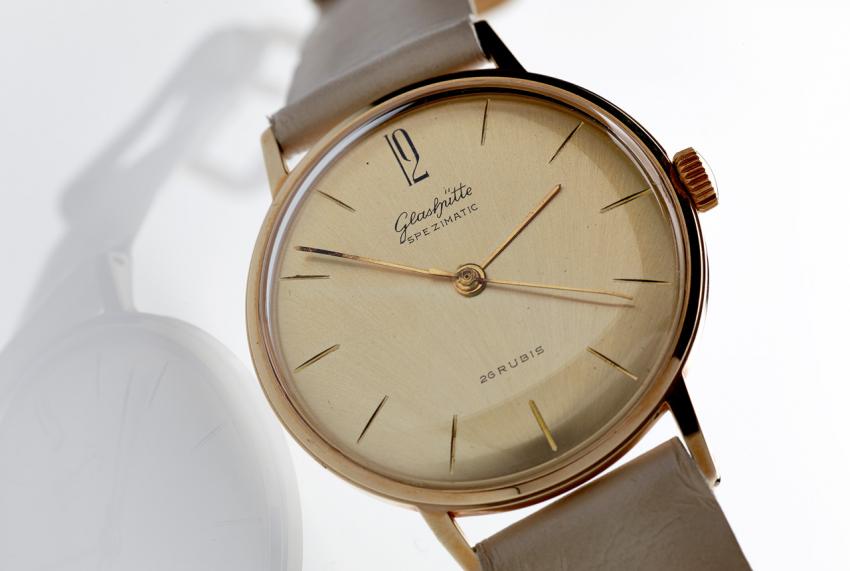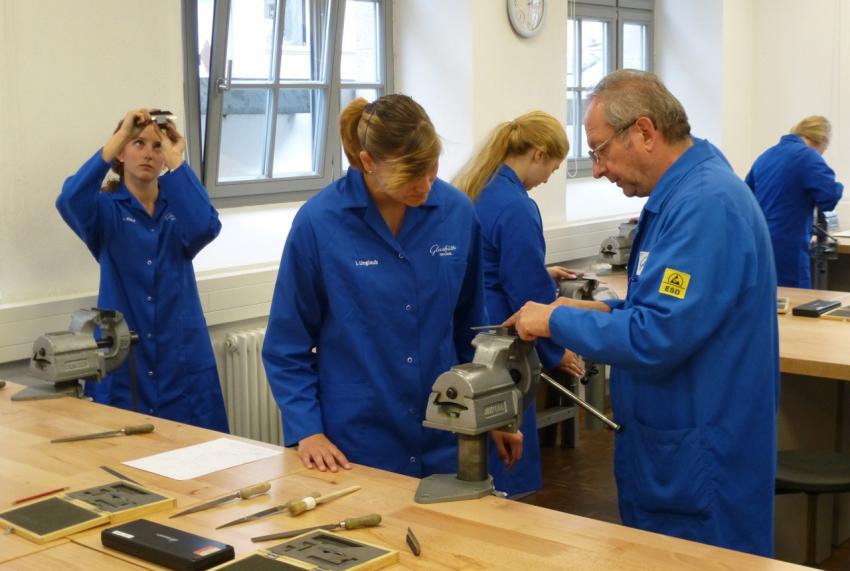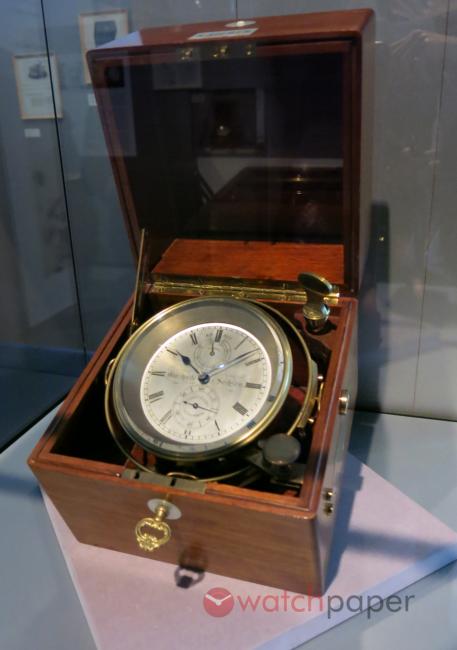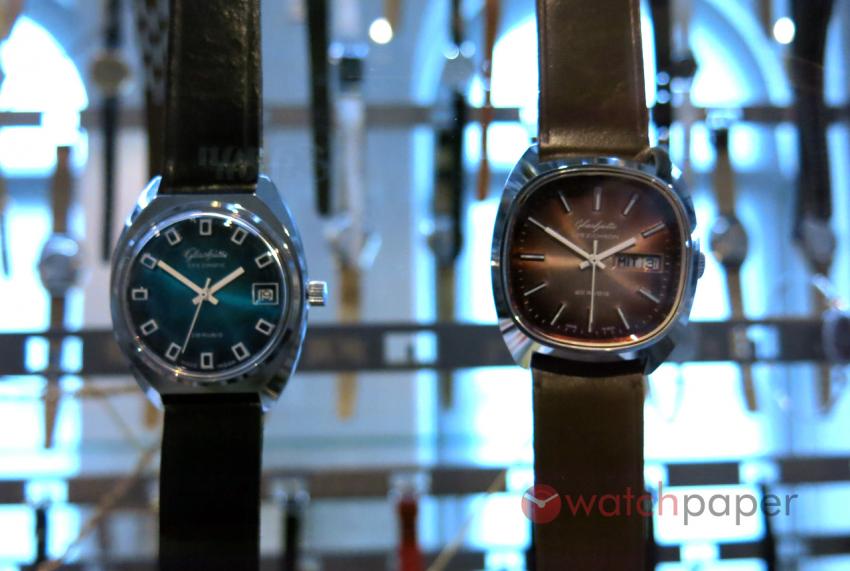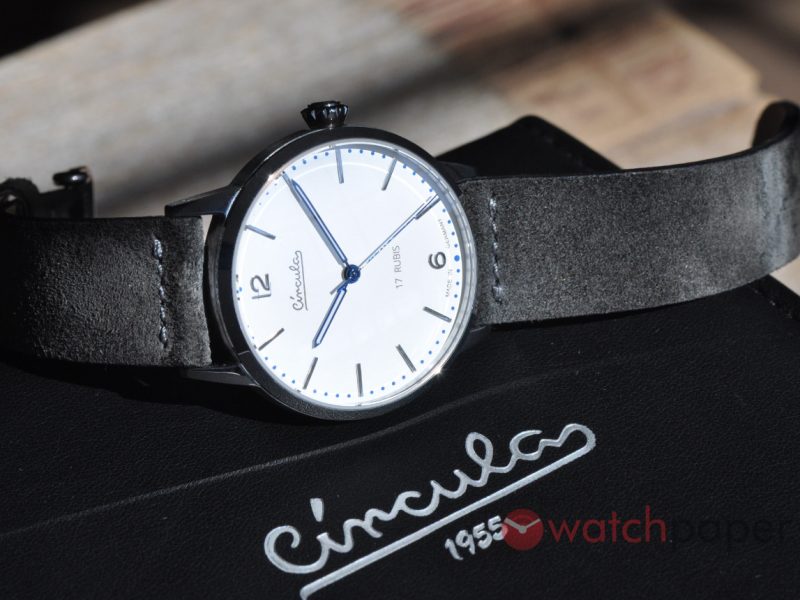The Glashütte Original Experience — Part One — The History
The tiny town of Glashütte, about 30 km south of Dresden, is known as the epicentre of German watchmaking and as such, I always wanted to visit it. Almost like a religious duty of visiting a holy site, as a watch nerd, it was on my list of horological locis sanctis, and when one of the most prominent German watch brands, Glashütte Original, invited me on a tour of their manufacture, I was more than happy to accept it.
A trip to Glashütte will usually start in Dresden, a city that I already visited as a kid, back in the GDR times. My memories of the place were fuzzy, I vaguely remembered the Zwinger palace and some highlights of its collection of renaissance and baroque artefacts, but for the rest, it was a typical socialist post-WWII city, raised from the — still visible — ruins of the Allied carpet bombings of 1945. I was told that Dresden today, is a completely different city, and I had to admit that the pictures of the Altstadt (Old Town) on the Internet had very little in common with what I remembered. No, it was not my brain playing tricks with me, as Dresdeners told me, indeed, after the reunification of Germany, there were heated debates over different approaches to rebuilding the Altstadt. There were voices calling for a breakaway from the past, favouring a modern downtown with skyscrapers. Others argued that the city should be rebuilt the way it was before the war. The latter camp won, and in the past two decades, former landmarks of Dresden were rebuilt and, in certain cases, adapted to the requirements of a modern city with a rich history.
One of the strongest symbols of the new Altstadt is the 91 m tall Frauenkirche (Church of Our Lady) with its recognisable bell-shaped dome. During the 80’s, it was still only a couple of crumbling walls over a pile of dirt, kept as a war memorial. In 1989, while Germany was headed for reunification, a group of enthusiasts formed a citizen’s initiative, that later become the Society to Promote the Reconstruction of the Church of Our Lady, which began an aggressive private fund-raising campaign. The works begin in 1994 and as much as possible, original materials and plans were used to raise the new church. In the above picture, you can see the sandstone wall of the building being dotted by darker bricks, they are part of the 8,500 original stones, creating an impressive contrast between the old and the new stones.
You might wonder, why am I talking about Dresden in an article about Glashütte Original? It is because the story of Glashütte Original is tightly intertwined with that of Dresden’s recent history.
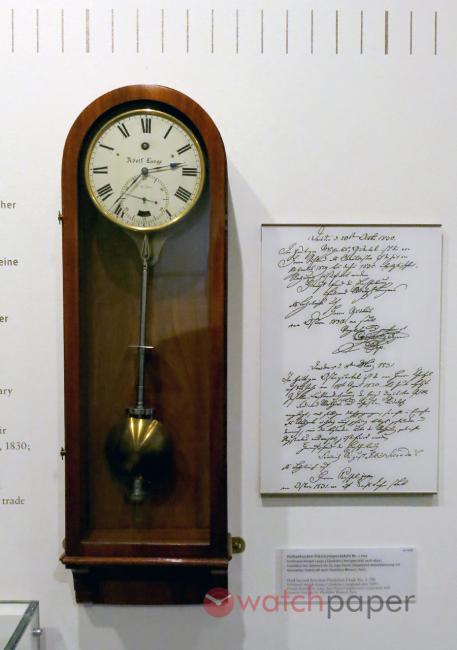
Half-second precision pendulum clock No. 1 700 by Ferdinand Adolf Lange. Glashütte. Completed after 1849. Permanent collection of the Museum of German Watchmaking Glashütte
We should start by going back to the early days of watchmaking in Glashütte — a former mining town struck by poverty in the first half of the 19th century — when Ferdinand Adolph Lange, Julius Assmann, Moritz Grossmann and Adolf Schneider, with the financial support of the royal Saxon government, decided to revive the economy of the region by importing the concept of the so-called home and cottage watchmaking industry that worked so well in Switzerland. This was a supply system under which watchmakers would order components from individual workers and assemble them under their own name. But in the 19th century Saxony,they had to start from zero, and on December 7, 1845, fifteen young men started their apprenticeship as watchmakers and precision mechanics under the watchful eyes of these masters.
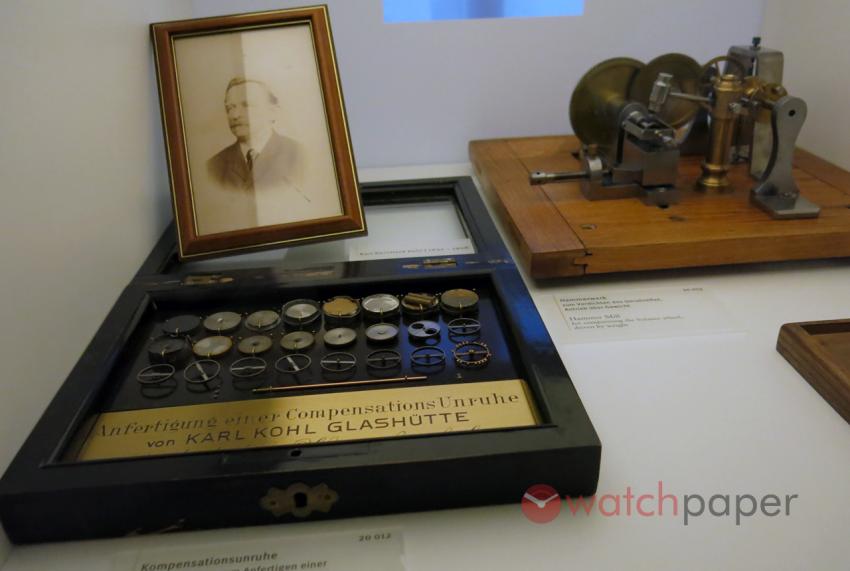
One of the first students of Adolf Lange, Bernhard Carl Kohl opened his workshop in 1849. He is the inventor of balance wheels with gold weighted screws, and slotted screw threads.
By the turn of the century, there were over fifty craftsmen offering their services to local watchmakers: tool makers, case makers, engravers, and producers of other watch components. This was a period of prosperity — lavishly decorated pocket watches, precise clocks and marine chronometers made in Glashütte were highly sought after all over the world. As with every successful brand, because by that time the name Glashütte was synonymous with high-quality precision, there were copycats popping up in Switzerland, producing watches marked as “System Glashütte”. As a reaction, Saxon watchmakers started using the term “original” to make it easier to differentiate their work from copies. One of them was the Deutsche Präzisions-Uhrenfabrik Glashütte (German Precision Watch Factory Glashütte — DPUG) that was making pocket watches under the Deutsche Präzisions Original Glashütte label.
Glashütte was also known for its watchmaking school, one of its most illustrious teachers was Alfred Helwig, inventor of the flying tourbillon. Students came from all over Germany, Eastern Europe, and other continents to learn the craft.
But during WWI and especially in the aftermath years, there were dark clouds gathering over Glashütte’s watchmaking workshops. Besides the fact that Germany lost the war and the economy was crumbling under staggering inflation, Glashütte’s watch companies were late in recognising the rising popularity of wristwatches that were less expensive and more practical than pocket watches. Many companies went bankrupt, among them was also the above mentioned DPUG, and from its remnants, in 1926 emerged two new entities, UROFA making parts and movements, and UFAG handling case manufacturing and the distribution of the watches.
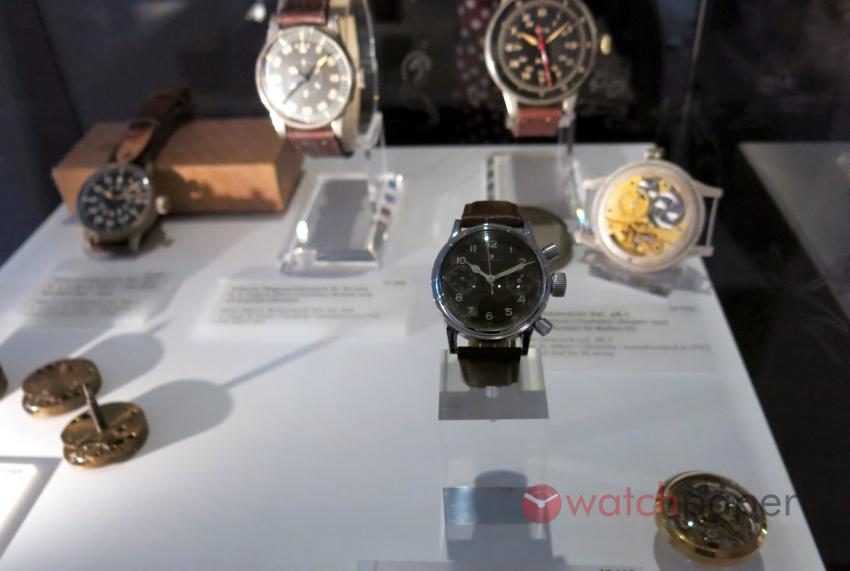
Wristwatch with UROFA Chronograph Cal. 59, Glashütte 1940-1945. In the background there are several huge pilot watches made by A. Lange & Söhne. Museum of German Watchmaking Glashütte
During the 1930’s and up till the end of the WWII, Glashütte was again booming, mainly because of the orders coming from the state for timekeeping instruments: pilot watches, marine chronometers and chronographs. As Nazi Germany was losing on all fronts, and Dresden was burning, Glashütte seemed to be untouched and production was in full steam… On May 8, 1945, one day after Germany signed an unconditional surrender on all fronts, Soviet bombers attacked the region of Glashütte, destroying many buildings, but luckily there were only a handful of civilian victims. Soon after the war, Germany was divided and Glashütte ended up under Soviet control. Red Army trucks were filled with machinery, benches, blueprints, everything they could move, except the most important ingredient, the people — the know-how and the soul of German watchmaking.
Soon after the war, Germany was divided and Glashütte ended up under Soviet control. Red Army trucks were filled with machinery, benches, blueprints, everything they could move, except the most important ingredient, the people — the know-how and the soul of German watchmaking. Without machines, without materials, some even lacking workers, at the end of 1945, all the companies are in a dire situation, and to survive they had to work together. The production is focused on simple wristwatches, without any complications or high-end finishing, that can be made in large numbers and at an affordable price. In 1949, the Soviet-controlled part of Germany becomes the German Democratic Republic.
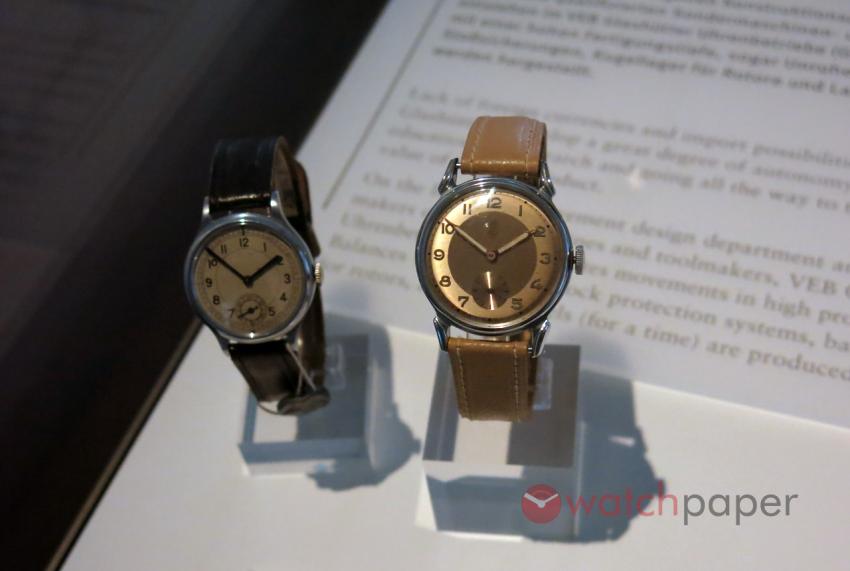
Men’s wristwatch Cal. 61 is the first new movement after the reconstruction of UROFA and UFAG. On July 1, 1951, the remaining companies are nationalized and merged under the VEB Glashütter Uhrenbetriebe (GUB).
In Glashütte the remaining watch companies were nationalised and on July 1, 1951, they were merged into Volkseigenen Betrieb VEB Glashütter Uhrenbetriebe (GUB). Supply chains for basic components, such as mainsprings, jewel bearings, dials, hands, balance springs, originating from West Germany and Switzerland were lost, and many of these had to be produced in-house — a huge effort considering that they had to start from scratch, even creating the machines to produce them. Besides wristwatches, GUB was also making precision equipments for washing machines and light systems, clocks, etc. All their effort “to reinvent the wheel” left a dent on their ability to keep up with the latest developments in watchmaking and for many years, they always had to play a catch-up game with the competition from the West. Their first automatic movement — GUB 74, known as Spezimatic — was only introduced in the 60’s, followed by the smaller and faster 28,800 vph GUB 11-25 Spezichron, in 1979.
Despite all the adversity, by the mid-60’s, GUB started exporting watches not just to the Soviet Union, but also the Western Germany. Up until the 70’s before the quartz would hit the market, probably the most sought-after GUB products were the marine chronometers, that they were exporting to 27 countries all over the world.
While during the 70’s and 80’s, GUB did make quartz watches, mainly for ladies, unlike others, they never stopped making mechanical watches. By this time, GUB was a mega factory with more than 2,500 people, yet Glashütte had to face another challenge brought upon by history: the fall of the Berlin Wall and the reunification of Germany.
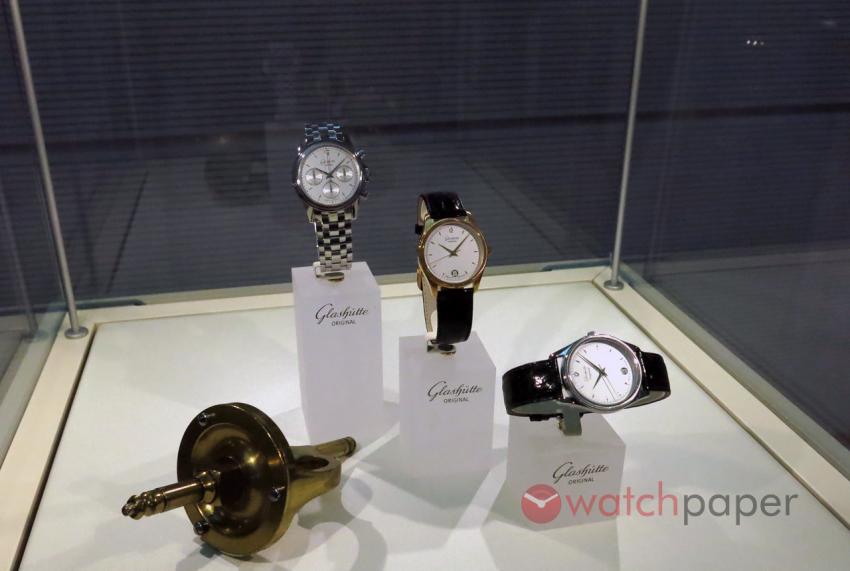
Some of the first models from 1994, after privatisation, produced under the new Glashütte Original brand. As you can see, these are not your basic socialist watches anymore, there is a chronograph and gold is used again for making the case.
In 1990 several companies were founded: A. Lange & Söhne, Nomos, and the state-owned GUB became the new Glashütter Uhrenbetriebe GMBH, under the control of the Treuhandanstalt, the German government agency supervising the privatisation of East German enterprises. Many people lost their jobs as these were early stage companies in a market economy that did not need thousands of workers. Even during this uncertain times, development of new movements did not stop and in 1993 Glashütter Uhrenbetriebe GMBH introduced the Calibre 10-30 which was a base-movement for future models. Finally, in 1994, the Treuhand found a client in Heinz W. Pfeifer, who changed the name of the company to Glashütte Original. This was not the socialist mega factory anymore, it was a small manufacture with 72 employees, but the know-how was intact and after a year-or-so, Glashütte Original presented the Julius Assmann Tourbillon, a perpetual calendar and moonphase in an 18k gold case, a beautiful homage to the famous watchmaker.
In the following years, the company knew a healthy growth and became a well-respected brand in Germany, but to make it internationally they needed outside support. The help came from the Swatch Group, at the time, under the leadership of Nicolas G. Hayek, who recognised the value of the German brand, and in October 2000, Glashütte Original joined the Swiss luxury group. Under the Swatch Group umbrella, Glashütte Original became a well-respected ambassador of German watchmaking, with an extensive network of high-end retailers and mono-brand boutiques in Europe, Asia and the Middle East.
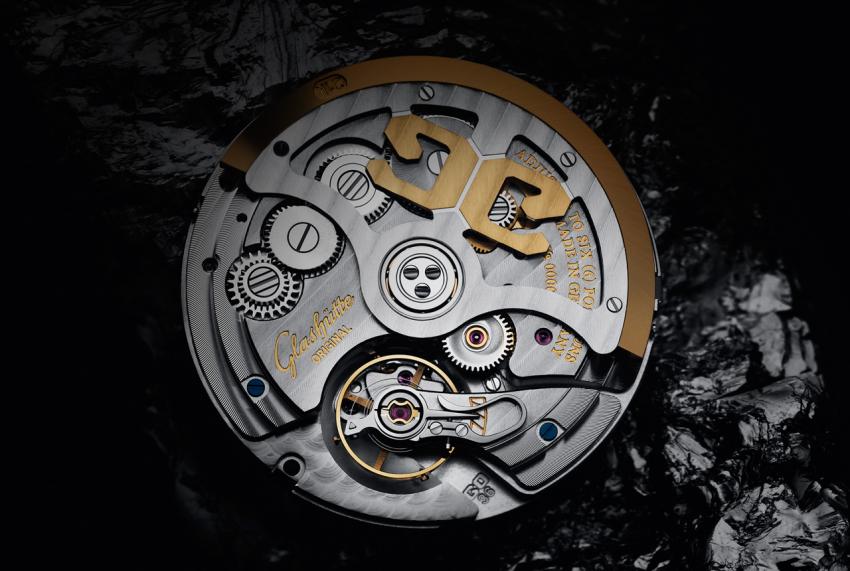
At Baselworld 2016, Glashütte Original unveiled their latest base movement, the automatic Calibre 36. the first GO movement with silicon balance spring. You can learn more about it here.
As with Dresden, it took Glashütte Original some soul searching to find the right path to the future, but finally, the direction taken by the company was to create prestige watches anchored in historic models, made using modern technologies. Just as the Frauenkirche, a mosaic of old and new stones, Glashütte Original too, proudly bears the marks and scars of its history, tapping into the past to find inspiration for its future.
We can’t talk about the future of Glashütte Original, without mentioning the “Alfred Helwig” School of Watchmaking. As I mentioned earlier, Glashütte was well known for its watchmaking school. Opened 1878 under the guidance of Moritz Grossmann, the German School of Watchmaking of Glashütte was operational for 114 years. During this period, it was a steady source of highly qualified workers who sustained growth and were crucial in the survival of Glashütte watchmaking, during the less prosperous times.
After the reunification, it was really easy to find qualified workers, but once German watches were rediscovered by the rest of the world, finding skilled watchmakers, or toolmakers became more and more challenging. In 2002, Glashütte Original opened the “Alfred Helwig” School of Watchmaking, a three-year program with limited places, most of them to become watchmakers and a few are qualified as toolmakers. The school is located in the original building of the German School of Watchmaking, the same building that since 2008, also hosts the German Watch Museum Glashütte.
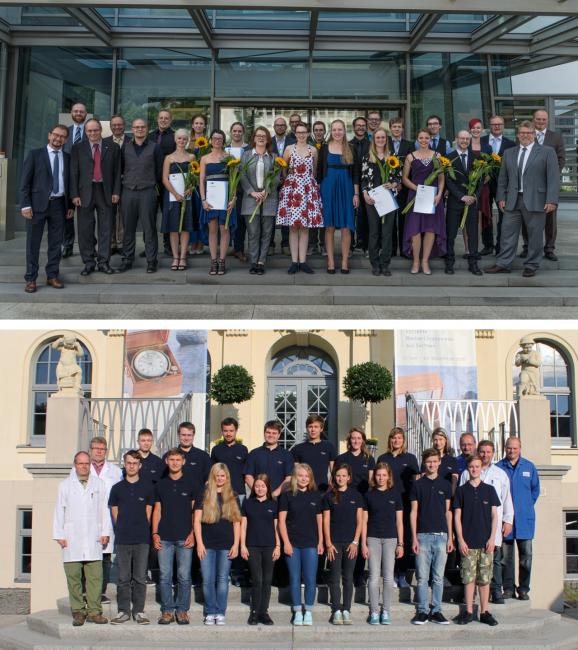
Top: The 2016 graduates of the “Alfred Helwig” School of Watchmaking with school staff. Bottom: August 1, 2016 The first days of school for the new cohort of watchmaker and toolmaker apprentices.
There is a close collaboration between the “Alfred Helwig” School of Watchmaking and Switzerland’s WOSTEP (Watchmakers of Switzerland Training and Educational Program). As result students who pass the WOSTEP final examinations receive, in addition to their German Specialist Worker certificate, the WOSTEP diploma. With these diplomas, they are guaranteed a job at Glashütte Original or other watch companies within the Swatch Group.
To truly appreciate a Glashütte Original, you have to be aware of their history, and this is what I tried to cover here briefly. There is a lot more to be told about the fascinating history of Glashütte, the best way to experience it is to go and visit the factory and the German Watch Museum Glashütte.
In part two of the Glashütte Original Experience, I will walk you through the manufacture, following the different steps of the production.
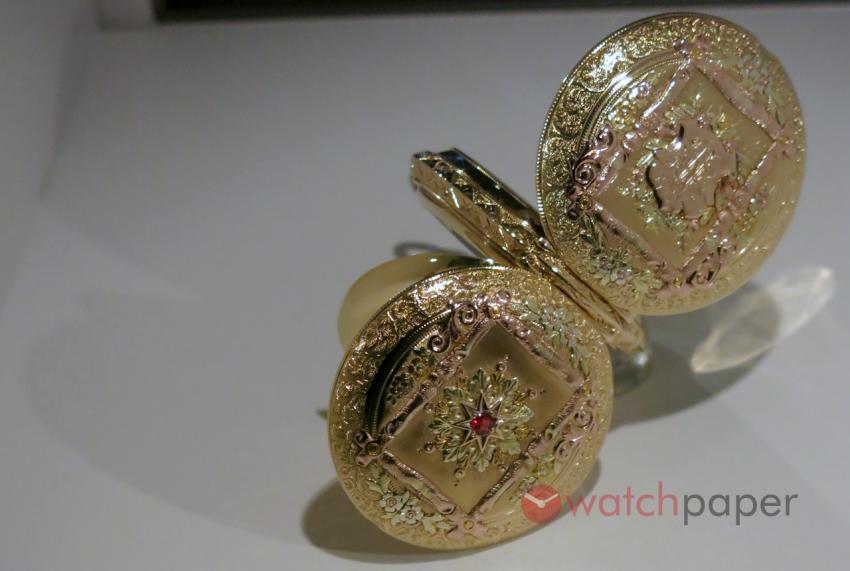
Men’s gold pocket watch No. 2 381 by Adolf Schneider, Glashütte, 1878, with a highly decorated gold case and German silver movement. Museum of German Watchmaking Glashütte
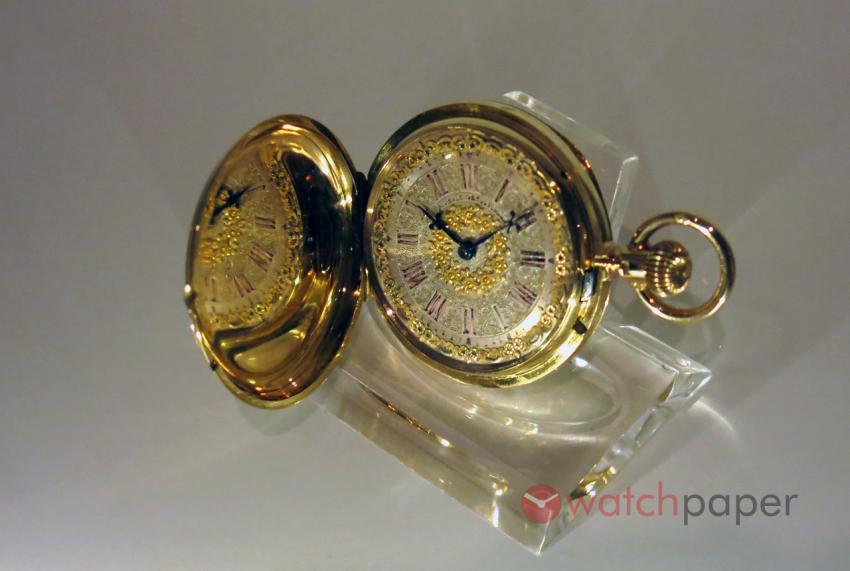
Women’s pocket watch Nr. 6 118, by Moritz Grossmann for his second wife, about 1880. Museum of German Watchmaking Glashütte


